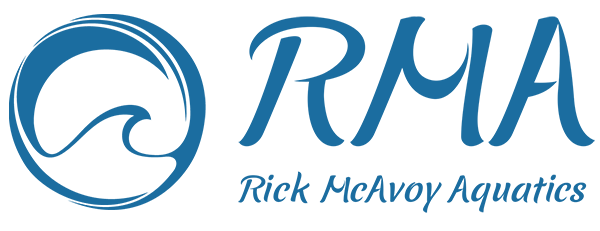Bridging the Gap Between Water and Land
Almost everyday I witness the power that water has influencing peoples lives. I see people in aquatic exercise classes smiling and feeling incredible with a freedom of movement not always experienced on land. However, when they exit the pool they are influenced by gravity and momentum which usually puts them in the same state that they were before getting into the water. These programs are obviously fun but will it help them functionally on land?
Over the past 25 years working in aquatics, I have worked with clients of all levels and abilities, from neurological disorders all the way up to professional and world-class athletes. I believe the pool should be fun but foremost functional. By performing functional aquatic training it will help to “bridge the gap” between water and land based training.
Functional training should focus on movements not just muscles. Functional training should be individual to a persons goals but it usually does encompass a few common components such as multi-planar and multi-joint actions that recruit the body’s stabilizers synergistically to facilitate correct movement. These programs should include core strength, flexibility, balance and coordinated movements to mention a few.
Integrating functional training into the water is much easier if we try to think more functionally.
A few thoughts:
Core Strength:
Core strength is the basis of most all exercise. It is not possible for the arms and legs to produce more force than the core is able to stabilize. Because of the waters unique properties it provides kinesthetic feedback to assist with core stability. Having clients perform movements such as push/pulls or rotation can be easily transitioned to land by incorporating body weight, bands, balls or even light weights.
Flexibility:
Flexibility should be established in all 3 planes of motion to have proper muscle balance and strength. In the water the focus can be on both flexibility and strength/stability at the same time. This will assist in reducing muscle imbalances and improving posture and function on land.
Balance/Coordination:
Coordinated upper and lower body movements can enhance both flexibility/mobility and hence function. Functional training should incorporate controlled amounts of instability such as in single leg exercises. The water’s properties helps to improve balanced coordinated movement patterns that may be more challenging to achieve on land.
Remember,the body moves in three planes of motion. Even though we move usually in one plane of motion at a time (forward/backward/sideways), we have to have stability in the other two planes. Because water is a surrounding 3-dimensional medium it provides this inherently so the muscular and neurological systems receive a more comprehensive training effect.
When developing aquatic fitness programs, try to think functionally. Water has its place but we function on land. You can still have fun in the water but if you integrate functional components into your program you will have clients that perform better on land as well. And honestly isn't that what it is all about?
